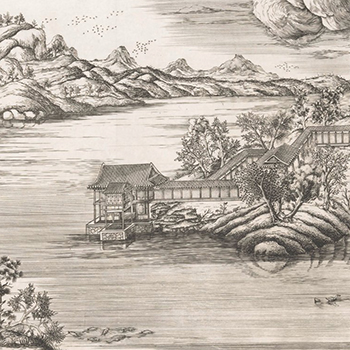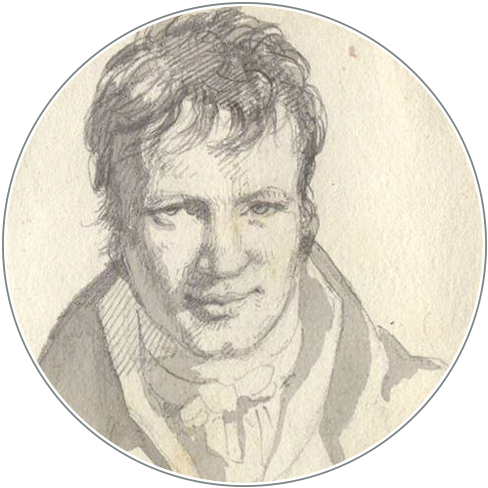Chinesische Gärten im Kosmos: Die östliche Perspektive in Alexander von Humboldts Konzept des Ganzen der Natur
DOI :
https://doi.org/10.18443/382Mots-clés :
Kosmos, das Ganze der Natur, Chinesische Gärten, Physiognomik der GewächseRésumé
Zusammenfassung
Alexander von Humboldts Kosmos integriert das naturwissenschaftliche Wissen des 19. Jahrhunderts und veranschaulicht durch umfassende Forschung sein Verständnis des Ganzen der Natur. In seinem Werk untersucht er die Naturbeschreibung verschiedener Völker und lobt insbesondere die Vielfalt und Reichhaltigkeit der asiatischen Naturdarstellungen. Als Beispiele nennt er Qianlongs „Shengjing Fu“ und die kaiserliche Sommerresidenz in Chengde, die er als einzigartige Formen der Verschmelzung von Natur und Kultur betrachtet. Diese königlichen Gärten symbolisieren nicht nur die Liebe des Kaisers zur Natur, sondern auch die Einheit von menschlicher Kunstfertigkeit und ursprünglicher Natur. Sie sind zugleich Miniaturlandschaften und Symbole für die harmonische Koexistenz von Menschen und Natur. Humboldt nutzt das Beispiel Chinas, um seine Theorie der natürlichen Ganzheit zu untermauern, bereichert die Physiognomik der Gewächse und bietet der Welt eine neue Perspektive auf das Verhältnis von Natur und Kultur.
摘要
亚历山大·冯·洪堡的《宇宙》将19世纪的自然科学知识融会贯通,通过综合性研究阐明了他对自然整体性的理解。他在书中探讨了不同民族的自然表达方式,他特别赞美亚洲对自然表达方式的丰富性与多样性,其中他以乾隆的《盛京赋》以及承德避暑山庄为例,认为这座皇家园林是自然与文化融合的独特形式,不仅彰显了帝王对自然的热爱,也体现了人工技艺和自然原初的统一,既是自然景观的微缩版,又是人类与自然和谐共生的象征。洪堡以中国为例,支持他的自然整体性学说,丰富了其自然面相学的多样性,并为全球提供了新的自然与文化关系的理解视角。
Abstract
In his work, Alexander von Humboldt explores the natural expressions of different cultures, particularly praising the richness and diversity of Asian approaches. He highlights examples such as Qianlong’s Shengjing Fu and the Chengde Mountain Resort, viewing this royal garden as a unique fusion of nature and culture. It not only reflects the emperor's love for nature but also embodies the unity of human craftsmanship and pristine nature, serving as a microcosm of natural landscapes and a symbol of harmonious coexistence between humanity and the natural world. By examining China, Humboldt supports his concept of natural unity, enriching his physiognomy of nature, and offering new perspectives on the relationship between nature and culture on a global scale.

Téléchargements
Publiée
Comment citer
Numéro
Rubrique
Licence
(c) Tous droits réservés Qiyu LONG 2025

Ce travail est disponible sous licence Creative Commons Attribution - Pas d’Utilisation Commerciale 4.0 International.
Les droits des articles envoyés restent la propriété de leurs auteurs et sont publiées sous la licence Creative Commons-Lizenz (CC BY-NC 4.0). Tous les auteurs publiant dans le HiN doivent accepter ce modèle de licence.
Les auteurs doivent eux-mêmes s’occuper de l’obtention des droits d’auteur pour les images utilisées.
Les divers éléments de la mise en page et du design de la revue sont protégés et ne peuvent être récupérés et réutilisés dans d’autres publications sans autorisation préalable de la part de HiN.









